Michael R. Page, PharmD, RPh
Articles by Michael R. Page, PharmD, RPh


in 2016, the National Institute for Occupational Safety and Health (NIOSH) published an updated list of antineoplastic and other hazardous drugs.

When handling hazardous medications, several precautions should be taken in terms of using personal protective equipment and engineering controls.

On January 17, 2017, the FDA approved Trulance (plecanatide; Synergy Pharmaceuticals) for the treatment of chronic idiopathic constipation (CIC) in adult patients.

With updated guidelines for the immunization of adults 19 years or older in the United States published in February 2017, it is important for pharmacists to be aware of recommended vaccines, the contraindications for administering certain vaccines, and the populations of patients who are eligible for receiving vaccines.

Understanding that CSTDs are not a monolithic category of products is an important priority for pharmacists.Â

Stakeholders are concerned a universal protocol for testing closed-system transfer devices will not adequately address different systems that protect against hazardous drugs.

With updated guidelines for the immunization of adults 19 years or older in the United States published in February 2017, it is important for pharmacists to be aware of recommended vaccines, the contraindications for administering certain vaccines, and the populations of patients who are eligible for receiving vaccines.

As of February 7, 2017, immunization recommendations for adults 19 years or older have been updated by the Advisory Committee on Immunization Practices

According to the National Institute for Occupational Safety and Health (NIOSH), an estimated 8 million health care workers in the United States are exposed to hazardous drugs (HDs) each year.

Firouzan “Fred” Massoomi, PharmD, FASHP, is the pharmacy operations coordinator for Nebraska Methodist Hospital Pharmacy.

Although pharmacists administered vaccines historically, it was not until the late 1990s that pharmacy-based immunization programs were established in the modern community pharmacy setting.

Closed-system transfer devices reduce hazardous drug exposure and prevent the transfer of environmental contaminants into parenteral medications.

A closed-system transfer device is a drug transfer device that mechanically prohibits the transfer of environmental contaminants into the system and the escape of hazardous drug or vapor concentrations outside the system.

Closed system transfer devices protect health care professionals compounding and administering hazardous drugs.

Hazardous drug contamination is an issue of vital importance for specialty pharmacists.

Granix is a human granulocyte factor produced in a bioreactor using recombinant DNA technology.

CSTDs can help protect health care workers, including pharmacists and nurses, from hazardous chemotherapy drugs.

The American College of Cardiology, the American Heart Association, and the Heart Failure Society of America have updated heart failure guidelines.

The American College of Cardiology, the American Heart Association, and the Heart Failure Society of America have updated heart failure guidelines to recommend the use of 2 medications: sacubitril/valsartan (Entresto) and ivabradine (Corlanor).

Closed-system transfer devices are systems used to transfer medication from 1 reservoir to another while limiting the potential for drug aerosolization, drug contamination, sharps exposure, and hazardous drug exposure.

Patients will be asking whether they are candidates for the new PCSK9 inhibitors, and new guidelines published by the American College of Cardiology can help pharmacists determine and explain the role of these new therapies.

An expert perspective on the growing importance and use of closed system transfer devices.

Research considers the importance of immunity in regulating the transformation from myelodysplastic syndrome to acute myeloid leukemia.

The first closed system drug transfer device was approved by the FDA in 1998 for prevention of hazardous drug leakage into the environment; since then, several products have been approved, each with different characteristics.

Complera treats HIV infection in previously untreated adults with a viral load of 100,000 copies/mL or less.

USP may subject pharmacies to both state board and FDA inspections.

Pricing Sovaldi based on the predicted benefits of therapy in specific hepatitis C patient groups could ultimately lead to greater access for patients.

Currently, approximately 8 million health care professionals are exposed to hazardous drugs. (HDs) each year, increasing the burden of chromosomal abnormalities, reproductive risk, and the incidence of cancer among those handling antineoplastic drugs.

A middle-aged man experienced complete remission of type 2 diabetes after cure of chronic hepatitis C virus.
Latest Updated Articles
 The New Lipid Guidelines: An In-Depth Look
The New Lipid Guidelines: An In-Depth LookPublished: November 19th 2013 | Updated:
 Blood Pressure Guidelines: Is Change Coming?
Blood Pressure Guidelines: Is Change Coming?Published: December 4th 2013 | Updated:
 The JNC 8 Hypertension Guidelines: An In-Depth Guide
The JNC 8 Hypertension Guidelines: An In-Depth GuidePublished: January 6th 2014 | Updated:
 Probiotic Supplements for Irritable Bowel Syndrome and Intestinal Illness
Probiotic Supplements for Irritable Bowel Syndrome and Intestinal IllnessPublished: January 7th 2014 | Updated:
 CVS Caremark to Kick Tobacco Habit
CVS Caremark to Kick Tobacco HabitPublished: February 5th 2014 | Updated:
 Reduced Sugar Intake Helps Prevent Fatal Heart Attacks and Strokes
Reduced Sugar Intake Helps Prevent Fatal Heart Attacks and StrokesPublished: February 17th 2014 | Updated:





